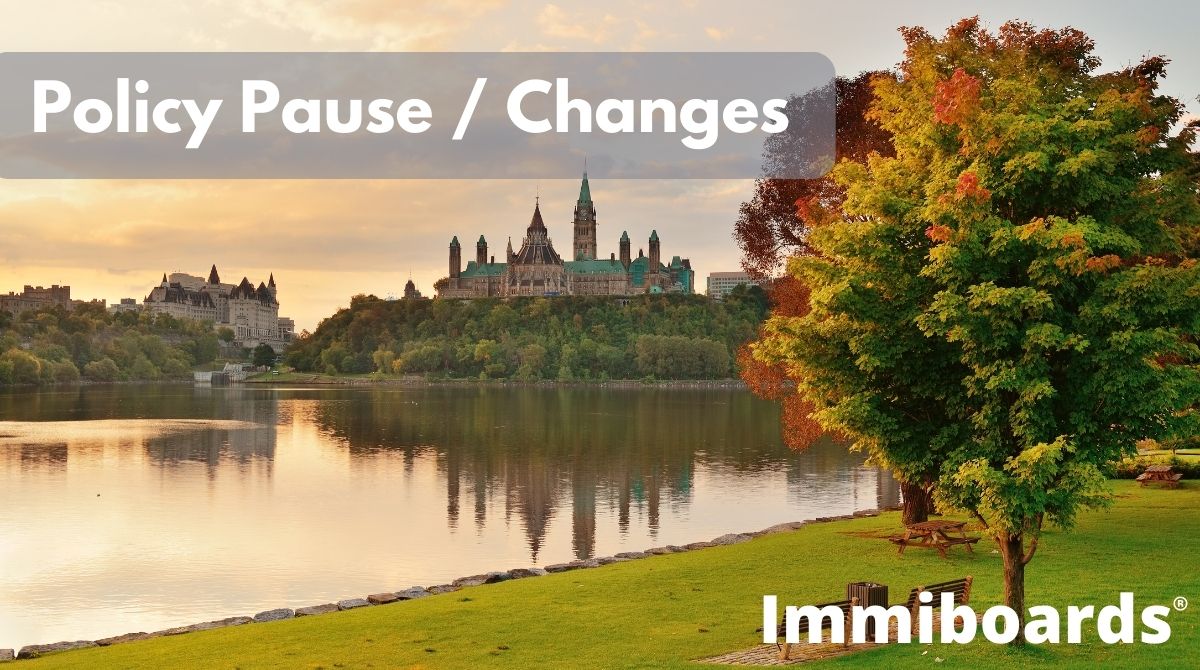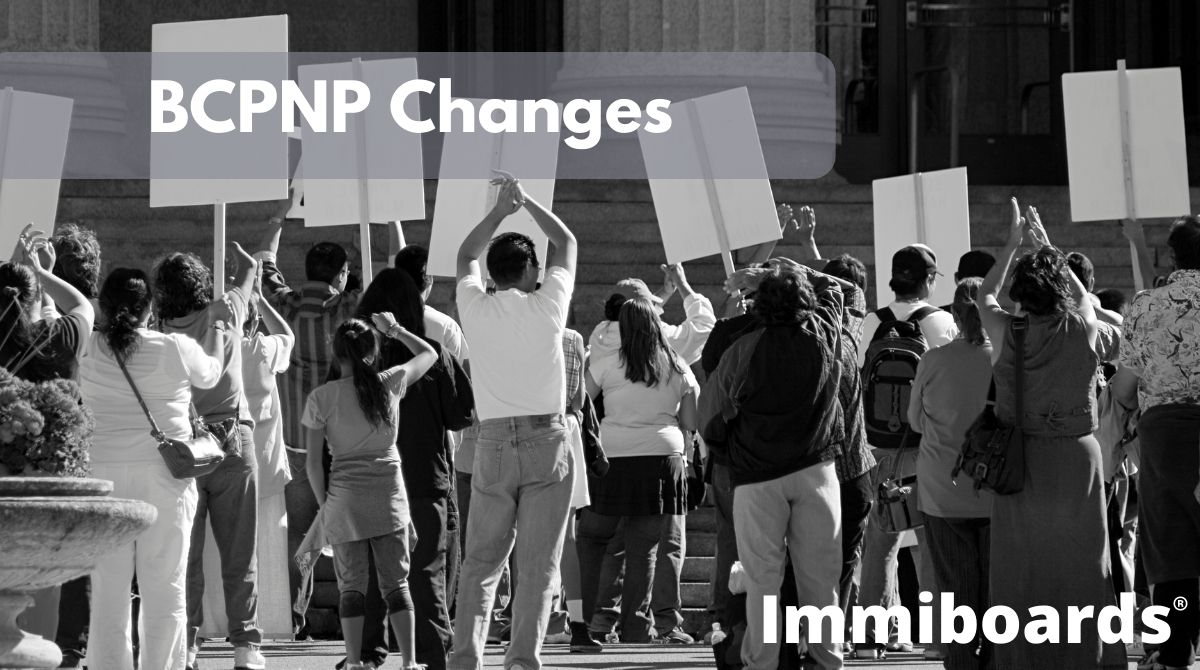In 2023, significant changes were introduced to the Express Entry draws, transitioning them into category-based draws. Under the new rules, specific categories were established by IRCC to align with identified economic goals and address the evolving labor market needs in Canada.
The shift towards category-based draws allows the government to strategically invite candidates who possess the skills and qualifications that directly contribute to these priority sectors.
By selecting candidates based on criteria such as language proficiency, work experience in specific occupations, and education, the category-based draws help ensure a more targeted approach to immigration, ultimately benefiting both the Canadian economy and the invited candidates seeking permanent residency.
The transition from general Express Entry draws to category-based draws in 2023 has brought about a more focused and tailored approach to selecting candidates for permanent residency in Canada. By aligning the draws with specific economic goals and labor market demands, the government aims to address skill shortages in key sectors and promote economic growth.
For instance, the inclusion of French-language proficiency as a category reflects the importance of bilingualism in certain regions of Canada, particularly in Quebec and other Francophone communities. Candidates with strong French language skills are prioritized, as they can contribute to the linguistic diversity and cultural fabric of these regions, while also meeting the needs of employers seeking French-speaking professionals.
The healthcare occupations category recognizes the crucial role of healthcare professionals in the Canadian healthcare system. This category targets individuals with work experience in healthcare professions such as doctors, nurses, medical technologists, pharmacists, and other related occupations.
Given the increased demand for healthcare services, especially in light of the COVID-19 pandemic, this category ensures that Canada can attract and retain skilled healthcare workers to meet the growing healthcare needs of the population.
Another example is the STEM occupations category, which prioritizes candidates with expertise in science, technology, engineering, and mathematics. This category acknowledges the importance of innovation, technological advancements, and research in driving economic growth.
By inviting highly skilled professionals in STEM fields, Canada can foster innovation, enhance competitiveness, and support industries that rely on specialized technical knowledge.
The category-based draws also encompass trade occupations, transport occupations, and agriculture and agri-food occupations. These categories target individuals with skills and experience in trades, transportation, and the agricultural sector, respectively.
By attracting skilled workers in these areas, Canada aims to address labor market gaps and meet the needs of industries vital to the country’s economy, such as construction, logistics, and food production.
The transition to category-based draws, has provided the Express Entry system with the flexibility to respond more effectively to changing labor market demands.
It allows the government to proactively select candidates with specific skills and qualifications required in various sectors, ensuring a better match between the skills of immigrants and the needs of the Canadian job market.
This shift ultimately strengthens Canada’s position as a global destination for talented individuals and promotes sustainable economic development across diverse industries.






